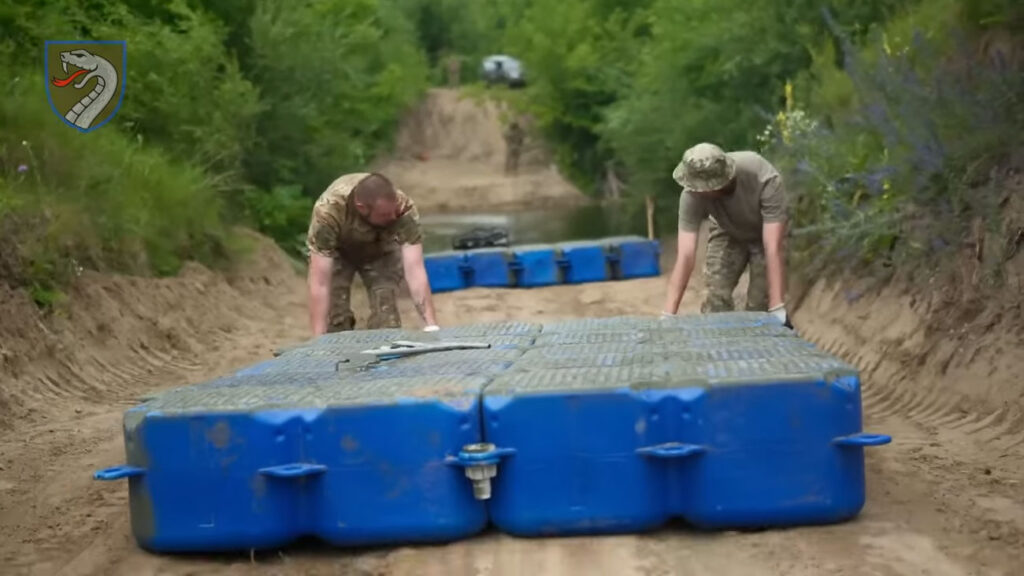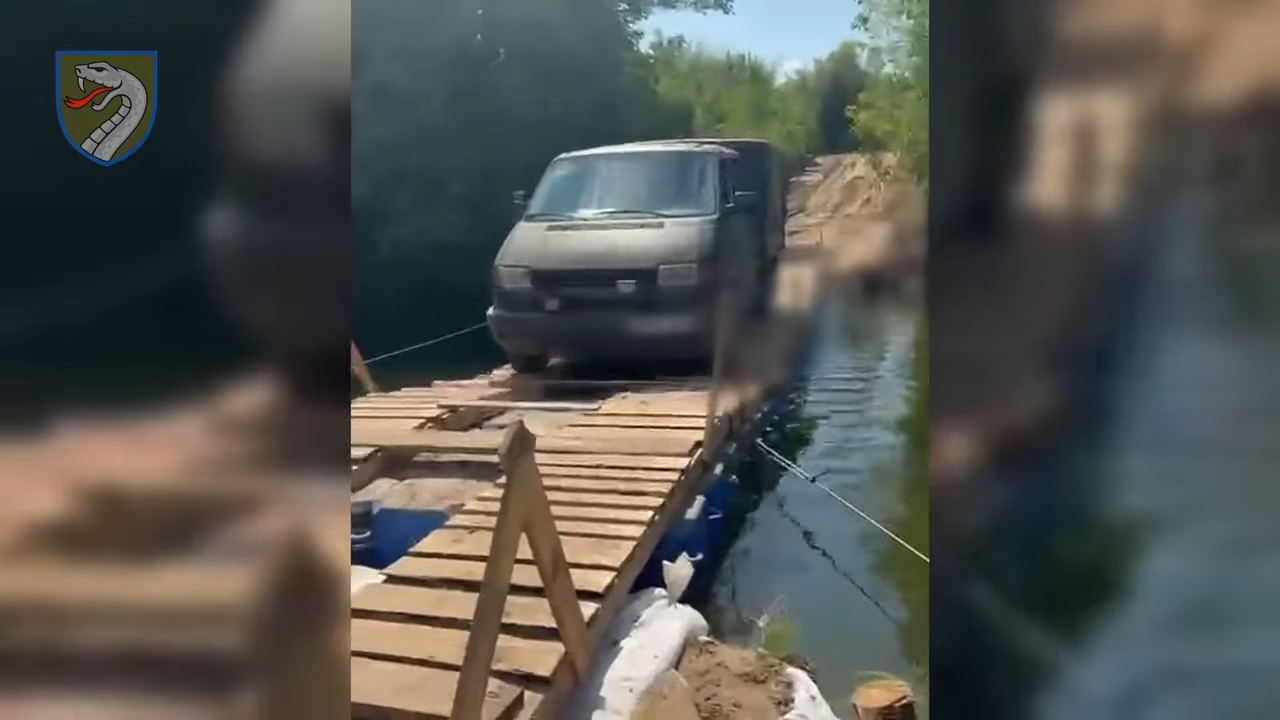Ukraine’s new 15-minute bridges: Plastic cubes, no delay, full mobility (video)

Engineers from Ukraine’s Steppe Brigade are fielding modular plastic bridges that deploy in just 15 minutes, giving troops rapid mobility across rivers in active combat zones. This rapid frontline bridge deployment offers a major tactical edge as Ukrainian units face constant maneuver demands on the front.
Plastic cubes reshape how Ukraine crosses rivers under fire
Militarnyi reports that the 61st “Steppe” Mechanized Brigade has begun using a new system of plastic pontoon bridges composed of modular floating cubes. The brigade reported that the system has already shown its effectiveness at multiple positions along the frontline. It was first used during the Kursk operation in Russia, where it allowed fast movement of infantry and light vehicles.
Brigade engineers say the system’s greatest strengths are its speed and adaptability. The plastic pontoon bridge is designed to transport infantry and light equipment.
“Mobility, fast deployment, and structural reliability let our units stay one step ahead of the enemy,” the brigade noted.

Each pontoon crossing is constructed from interlocking plastic modules that float independently and connect through a specialized fastening system. This design makes it easy to change the length or shape of the bridge and replace any damaged cubes after shelling.
Stormproof, fast, and modular — built to survive war zones
The plastic cubes are produced by a Ukrainian manufacturer, which emphasizes the system’s ability to work in any location and under any weather conditions.
“Our floating structures can be used in any region and on any water body. They are easy to assemble, even in adverse weather,” the manufacturer stated.
The construction is resistant to freezing, tidal surges, and storm conditions. It also does not freeze into ice during winter, a key feature for year-round combat use. For vehicle crossings, engineers add wooden decking to support the weight of light military equipment.